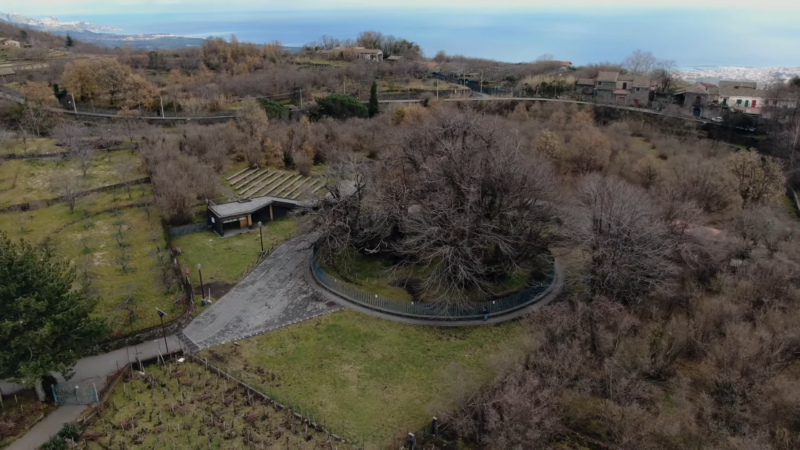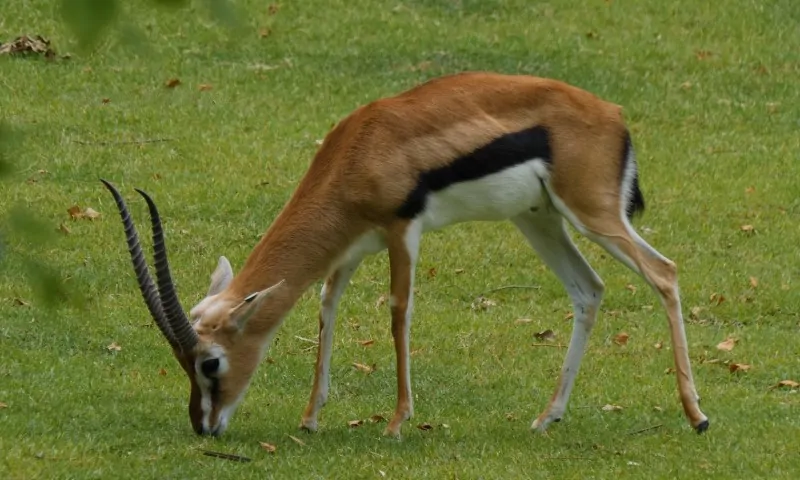Trees carry the weight of centuries in their roots and branches. Some have outlasted empires, storms, droughts, and ice. Their survival shows the raw force of nature and time.
A few trees alive today first took root thousands of years ago. Each one holds a story worth knowing.
Table of Contents
ToggleKey Takeaways
- Ancient trees like Methuselah and the Sarv-e Abarqu have survived for thousands of years, witnessing significant historical events and the changing of civilizations.
- Trees such as General Sherman and the Chestnut Tree of One Hundred Horses are notable not only for their age but also for their massive size, highlighting the immense growth capabilities of these natural wonders.
- The Olive Tree of Vouves, which is over 3,000 years old and located on Crete, still yields valuable olives, demonstrating the longevity and productivity of ancient trees.
- Jōmon Sugi, the oldest and largest cryptomeria tree on Yakushima Island, Japan, is at least 2,000 years old and plays a significant role in the island’s recognition as a UNESCO World Heritage Site.
10. Ancient Forest Giant From Brazil
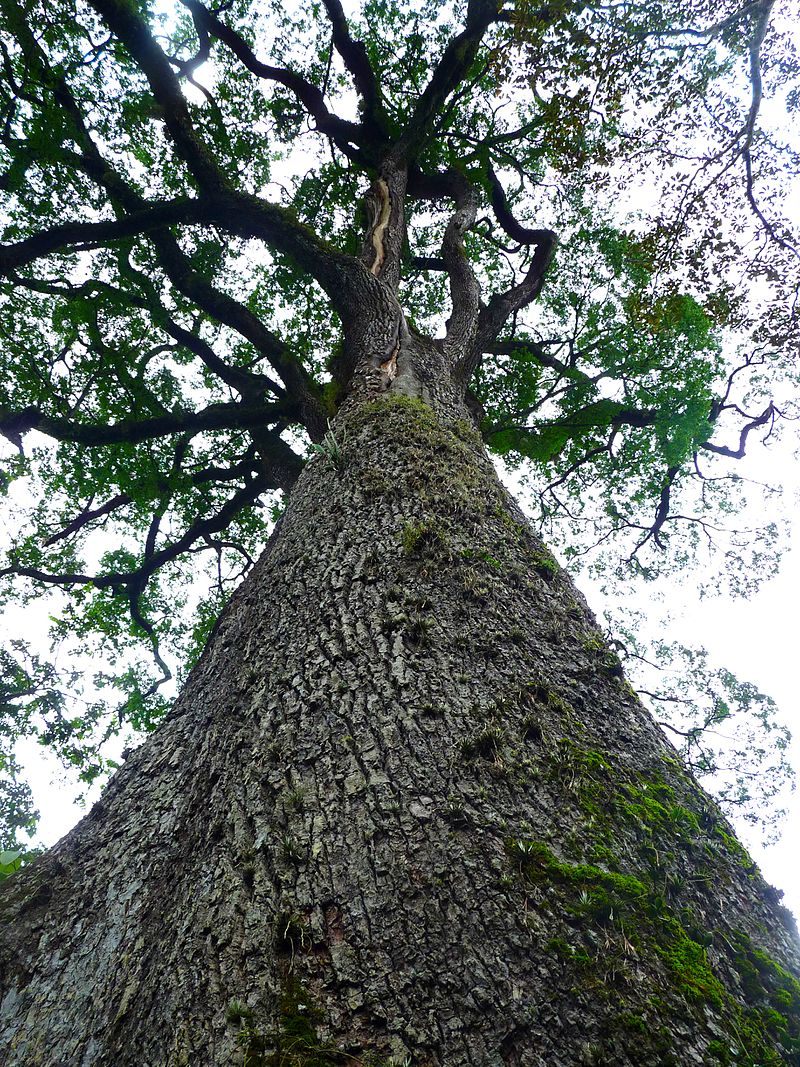
The Patriarca da Floresta rises in the heart of Brazil as a powerful symbol of endurance. This ancient Cariniana legalis has stood for more than 2,000 years. Generations have come and gone beneath its towering branches. Locals regard it with deep respect, often calling it the Father of the Forest.
Scientists believe it took root during the rise of the Roman Empire. Few natural landmarks in Brazil can claim such historical depth.
Despite its strength, the species faces growing danger. Cariniana legalis trees across South America suffer from habitat loss. Logging and forest clearing threaten their future. The Patriarca da Floresta remains protected for now, but its survival depends on action and awareness.
9. The Giant Among Giants
General Sherman stands in Sequoia National Park in California. It ranks as the largest non-clonal tree on Earth by volume. This giant sequoia has reached an estimated age of 2500 years. Its trunk contains more wood than any other single-stem tree in existence.
Even after losing the largest branch in 2006, it remains the global record holder.
Key Facts
- Age: Over 2,500 years
- Location: Sequoia National Park, California
- Notable event: Lost largest branch in 2006
- Distinction: Largest tree by trunk volume globally
General Sherman’s impressive stature and longevity continue to captivate visitors, offering a glimpse into the remarkable world of giant sequoias.
8. Ancient Giant of Yakushima – Jōmon Sugi
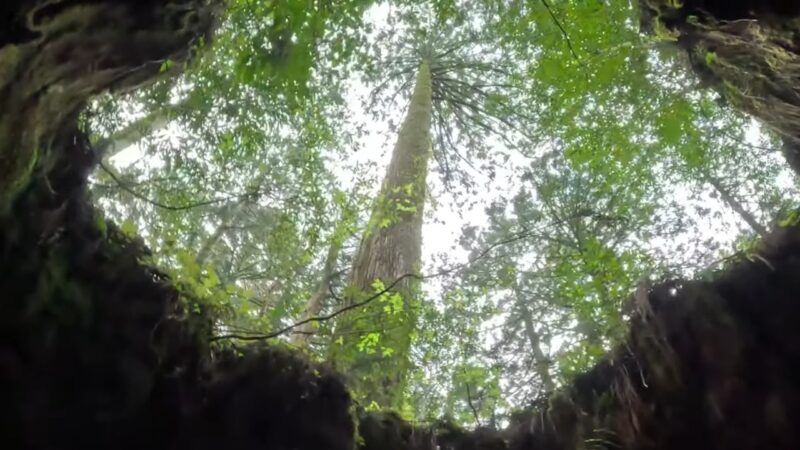
This colossal cryptomeria tree holds the distinction of being the largest and most venerable of its kind in the area. Its presence has contributed significantly to Yakushima’s recognition as a UNESCO World Heritage Site.
Some estimates place its age between 2000 and 7000 years, though most agree it is at least 2000 years old. Few living things in Japan carry the same national and cultural weight.
This speculation places it among contenders for the title of the world’s oldest tree, potentially outstripping well-known specimens like Methuselah. Regardless of its exact age, Jōmon Sugi remains an awe-inspiring testament to nature’s longevity and resilience.
7. The Ancient Cypress of Yazd – Sarv-e Abarqu

Sarv-e Abarqu stands in Iran in the city of Abarqu in Yazd province. Local traditions link it to early Zoroastrian history, and many call it the Zoroastrian Sarv.
Its immense age places it among Asia oldest living organisms. The tree has seen the earliest settlements in the region, the rise of the Persian Empire, and centuries of cultural change. It has become a national symbol of endurance and sacred value.
Sarv-e Abarqu reaches over 82 feet in height with a trunk circumference over 38 feet. The tree remains protected by Iranian cultural heritage authorities. It draws scientists, historians, and travelers who seek to witness a piece of deep human and natural history.
Many residents in the region consider it more than a tree. It serves as a living connection to ancient Persia.
6. The Ancient Bristlecone Pine – Methuselah
Methuselah grows high in the White Mountains of California. This bristlecone pine began life around 2833 BC. As of 2025, its age exceeds 4851 years. For many years, it held the title of the oldest known non-clonal organism on Earth.
Methuselah survives in a protected area within Inyo National Forest. To preserve its safety, its precise location remains hidden. Visitors can walk through the Ancient Bristlecone Pine Forest, but no signs mark Methuselah. Its identity blends with many nearby trees that also exceed 4000 years in age.
A separate bristlecone pine in the same grove, discovered in 2013, may prove older. Researchers continue to study its rings to confirm its age. That tree has not yet received a name.
Bristlecone pines hold unmatched value for science. They provide exact records of past climate cycles. Their growth patterns offer data for tree-ring dating. Their survival across harsh conditions explains biological endurance better than any other tree species known today.
5. Alerce
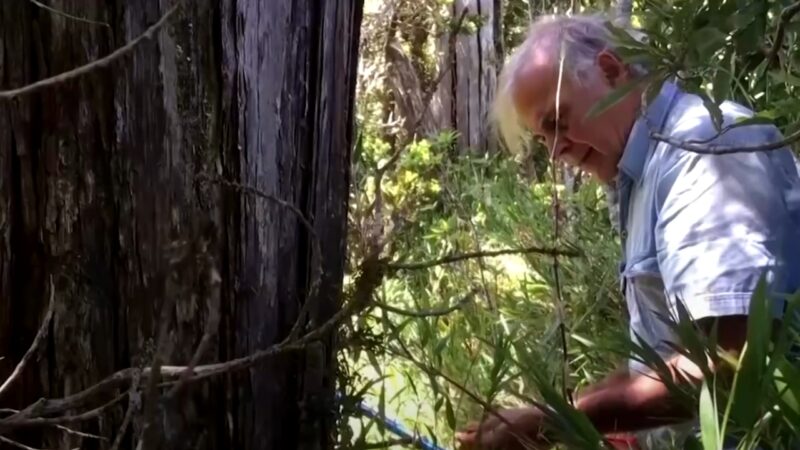
Fitzroya cupressoides, commonly known as Alerce, is a remarkable coniferous tree species indigenous to the Andean region.
The true age limit of Alerces remains a mystery, as extensive logging has decimated many of the oldest specimens.
Despite this, some Alerces have been confirmed to be at least 3,000 years old. The most famous of these is affectionately called “Grand Abuelo” (Great Grandfather), a name that reflects its incredible age and stature.
- Scientific name: Fitzroya cupressoides
- Native habitat: Andes mountains
- Lifespan: Potentially over 3,000 years
- Notable specimen: Grand Abuelo
4. The Ancient Olive of Vouves

This venerable specimen is believed to be over 3,000 years old, making it potentially the most ancient of its kind in the Mediterranean region. Despite its advanced age, the tree continues to bear fruit, producing highly coveted olives.
Just as the resilient date palms of the Sahara Desert thrive in one of the harshest climates on Earth, this ancient olive tree exemplifies nature’s ability to adapt and flourish in challenging environments.
The resilience is typical of olive trees, which are known for their ability to withstand harsh conditions. These hardy plants can endure drought, resist diseases, and even survive fires. Such characteristics have contributed to their widespread cultivation throughout the Mediterranean and their impressive longevity.
Key features of the Vouves olive tree:
- Estimated age: 3,000+ years
- Location: Crete, Greece
- Still productive
- Exceptional resilience
3. The Ancient Yew of Llangernyw
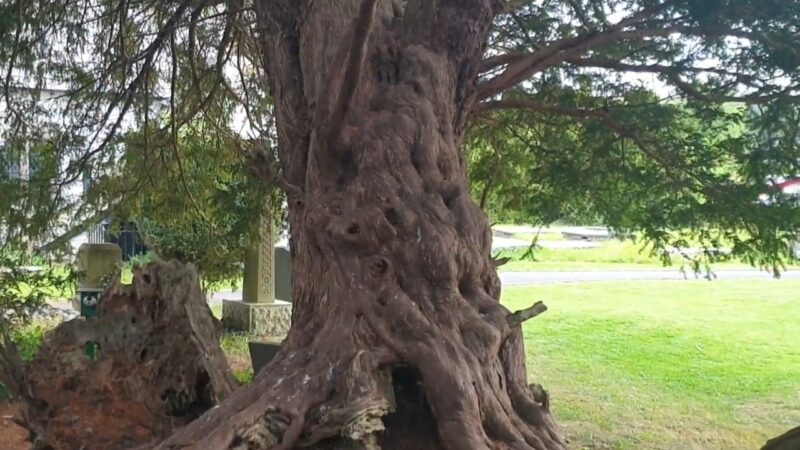
This remarkable specimen dates back approximately 4,000 years, having taken root during the Bronze Age. Despite its incredible age, the tree continues to thrive and grow.
The Llangernyw Yew gained national recognition in 2002 when it was named one of the 50 Great British trees to commemorate Queen Elizabeth II’s golden jubilee.
Local legends associate the tree with a spirit known as Angelystor, translating to the “Recording Angel” in English.
2. The Fallen Giant – Senator
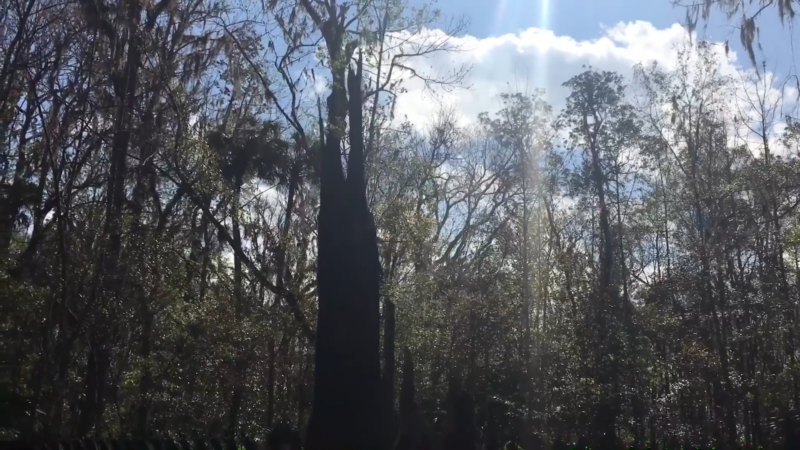
The Senator, once a colossal bald cypress in Florida, stood as a testament to nature’s resilience.
Its impressive stature made it the largest of its kind in the United States and possibly the biggest tree east of the Mississippi River.
Native American tribes, including the Seminoles, used the Senator as a significant landmark. The tree’s longevity was particularly noteworthy given its survival through numerous hurricanes. In 1925, a particularly severe storm reduced its height by 40 feet, yet the Senator persevered.
The tree’s name honors Senator M.O. Overstreet, who generously donated the land surrounding it in 1927. Despite its tragic end, the Senator’s legacy lives on as a symbol of natural wonder and historical significance in Florida’s landscape.
1. Chestnut Tree of One Hundred Horses
On the slopes of Mount Etna in Sicily stands an extraordinary chestnut tree. This ancient giant is renowned as the world’s largest and oldest chestnut tree.
Its age is estimated between two to four millennia, a remarkable feat considering its proximity to one of Europe’s most active volcanoes.
The tree’s name stems from a captivating tale. Legend has it that during a fierce storm, 100 knights found refuge beneath its sprawling canopy.
This story speaks to the tree’s immense size and the awe it has inspired for generations.
- Location: Mount Etna, Sicily
- Distance from the crater: Approximately 5 miles
- Age: 2,000-4,000 years old
- Claim to fame: World’s largest and oldest chestnut tree
Last Words
Every tree you saw in this list still stands today. They outlived kingdoms, disasters, and silence. Do not treat them as tourist stops. Treat them as proof that nature remembers everything.
Related Posts:
- Life in the Namib Desert - Africa's Oldest Desert…
- 10 Biggest Spiders In The World You Need To Know About
- Why We Must Protect the Sahara Desert Cheetah at all Costs
- 6 Unique Plants Found in the Sahara Desert - Rare…
- Antilles Pinktoe Tarantula Care Guide – Everything…
- How Fast Is a Gazelle? 10 Things You Didn’t Know

